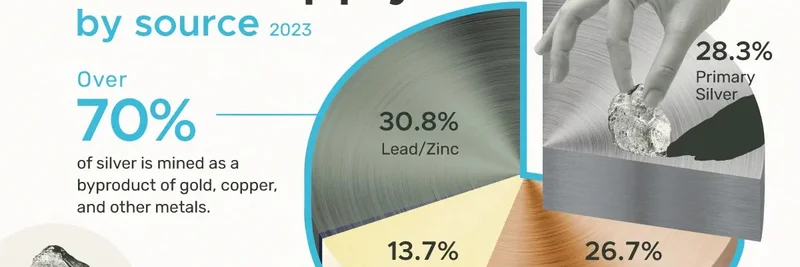In the wild world of crypto, where new projects pop up faster than you can say "pump and dump," there's one timeless principle that's gaining traction: the Lindy Effect. If you're not familiar, the Lindy Effect is this idea that the longer something has survived, the longer it's likely to keep going. It's named after Lindy's deli in New York, where Broadway actors would hang out, but in crypto, it's all about separating the real deals from the rug pulls.
A recent thread on X by @everythingempt0, a core contributor at Virtuals_io, breaks this down perfectly. They argue that in crypto, the Lindy Effect carries way more weight than in the traditional stock market. Why? Because in stocks, you've got layers of protection—regulations, compliance, legal rights, and mature ways to value companies. Miss your earnings target? The price adjusts, no big drama. But crypto? It's the Wild West. Builders are often seen as scammers until proven otherwise, and without that regulatory safety net, time becomes the ultimate trust signal.
Take "dino coins" like Zcash, for example. People might poke fun at these older projects pumping after years of quiet building, but that's exactly the point. Zcash, a privacy-focused cryptocurrency that's been around since 2016, has weathered storms that would've sunk lesser tokens. In a space where meme coins can skyrocket on hype alone but crash just as fast, longevity signals something deeper: commitment, resilience, and real value.
The post hits home for meme token enthusiasts too. Meme coins thrive on virality and community, but many fade away when the buzz dies. The ones that stick around? They embody the Lindy Effect. Think about how Dogecoin, born as a joke in 2013, is still kicking thanks to its enduring community and cultural relevance. It's not just about the tech; it's about showing up day after day, building trust through survival.
@everythingempt0 ties this to a primal instinct: in a market with little oversight, we fall back on what our ancestors did—trust what's lasted. They shout out teams still grinding, saying their daily persistence is a compounding asset. Quoting @MustStopMurad, they call crypto a "new religion," but frame it more as a survival instinct. At Virtuals, they're committed to the long game, just showing up for the love of it without dying off.
This resonates big time in the meme token scene. With so many projects launching daily, spotting the Lindy winners means looking for teams that communicate consistently, update regularly, and build through bear markets. It's not about the next 100x moonshot; it's about projects that outlast the noise.
If you're diving into meme tokens or broader blockchain tech, keep the Lindy Effect in mind. It could save you from chasing shiny new things that vanish overnight. Instead, bet on the survivors—they've earned their stripes through time.
Key Takeaways for Crypto Builders and Traders
- Time as a Filter: In crypto's unregulated space, longevity weeds out scams better than any whitepaper.
- Contrast with Stocks: Traditional markets have safeguards; crypto relies on primal trust indicators.
- Meme Token Angle: Even fun, community-driven coins benefit from sticking around—think enduring memes like Pepe or Shiba Inu.
- Advice for Teams: Don't quit. Consistent effort compounds into legitimacy.
By focusing on projects with proven staying power, you're aligning with crypto's evolutionary survival game. What's your take—got any "dino" favorites that embody this?


